I have an article in the Summer issue of Life Safety Digest, that covers the code requirements for controlled egress locks. These systems, which do not permit egress under normal operation, are only allowed by the model codes in health care units where patients require containment for their safety or security.
Controlled Egress Locking Systems in Health Care Facilities
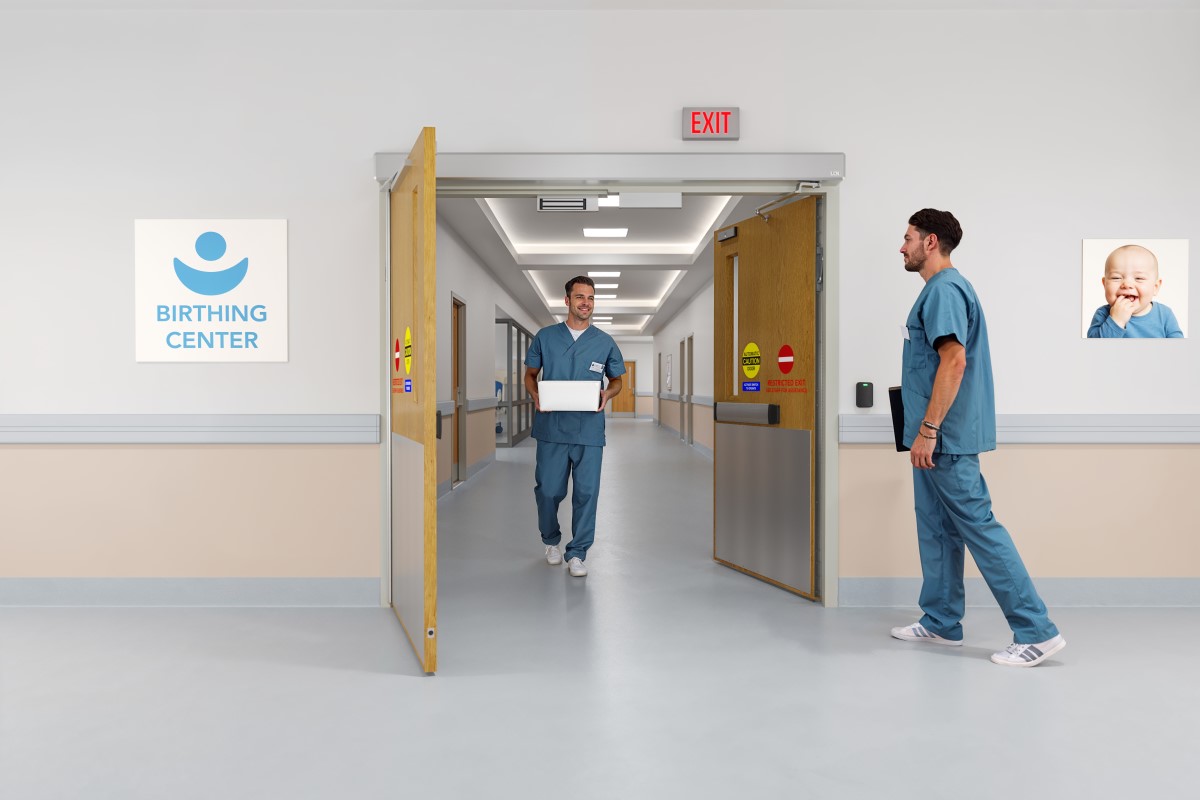 Prior to the 2009 editions of the model codes published by the International Code Council (ICC) and the National Fire Protection Association (NFPA), the most common application for deterring egress in a health care facility was the use of a delayed egress locking system. Delayed egress locks allow egress 15 seconds after an attempt to exit is made, or 30 seconds where approved by the Authority Having Jurisdiction (AHJ). These systems require an audible alarm at the location of the door, and instructional signage with text prescribed by the codes. Upon fire alarm/sprinkler system activation and upon power failure, delayed egress locks must allow immediate egress with no delay.
Prior to the 2009 editions of the model codes published by the International Code Council (ICC) and the National Fire Protection Association (NFPA), the most common application for deterring egress in a health care facility was the use of a delayed egress locking system. Delayed egress locks allow egress 15 seconds after an attempt to exit is made, or 30 seconds where approved by the Authority Having Jurisdiction (AHJ). These systems require an audible alarm at the location of the door, and instructional signage with text prescribed by the codes. Upon fire alarm/sprinkler system activation and upon power failure, delayed egress locks must allow immediate egress with no delay.
In some types of health care units, delayed egress locks do not meet the needs of the facility or their patients. For example, in a memory care unit, a resident exhibiting exit-seeking behavior could repeatedly activate the delayed egress lock’s timer, initiate the audible alarm, and possibly even leave the facility unaccompanied if a staff member does not respond within 15 (or 30) seconds. During a fire alarm or power failure, a resident could exit immediately, and there would be no audible notification from the delayed egress locking system. Because another option is now recognized by the model codes for health care facilities, the most common use of delayed egress locks is on doors serving retail spaces, where they are used to deter theft.
The 2009 editions of the model codes introduced an alternative…
Click here to continue reading…
You need to login or register to bookmark/favorite this content.

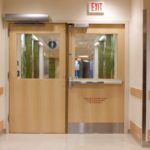
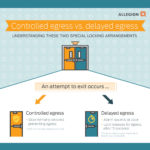
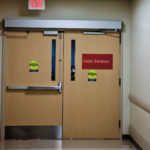


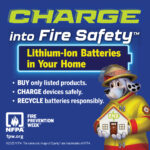

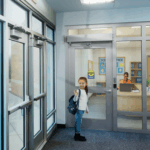
Good article
And Good question on relocking ???